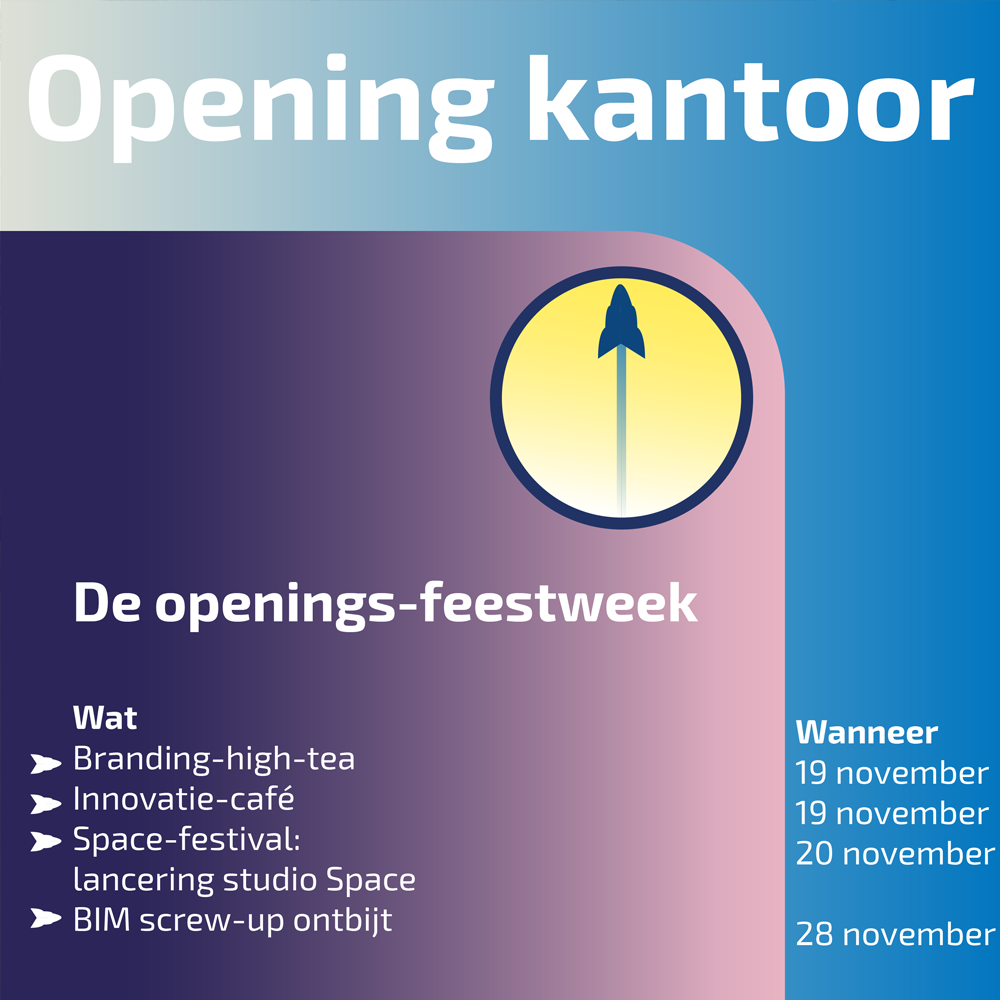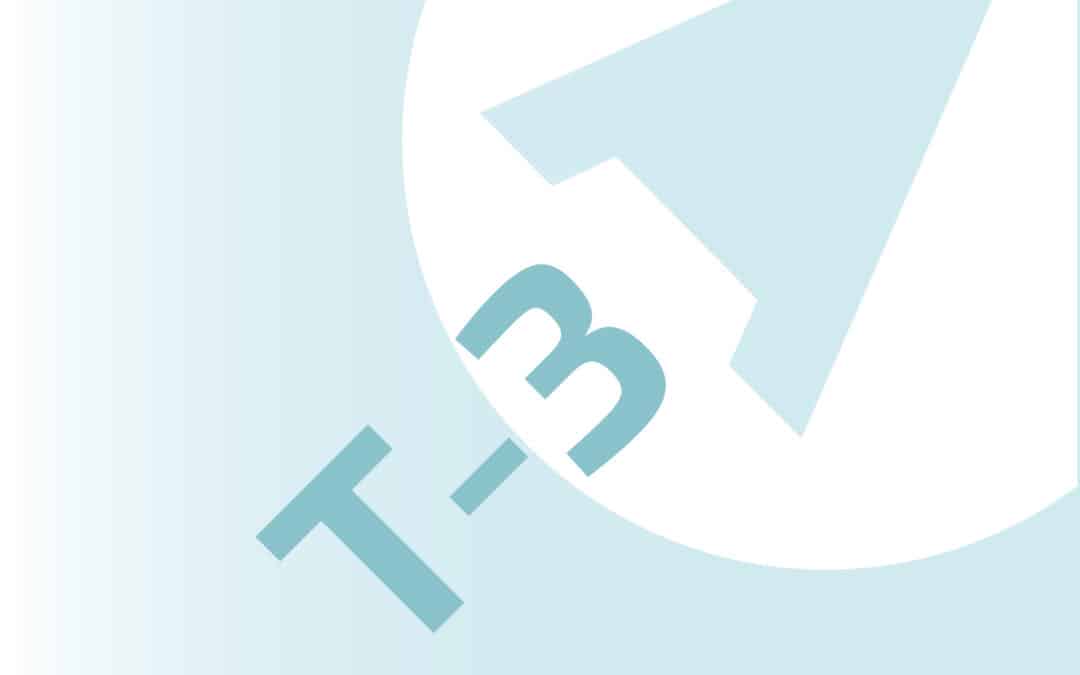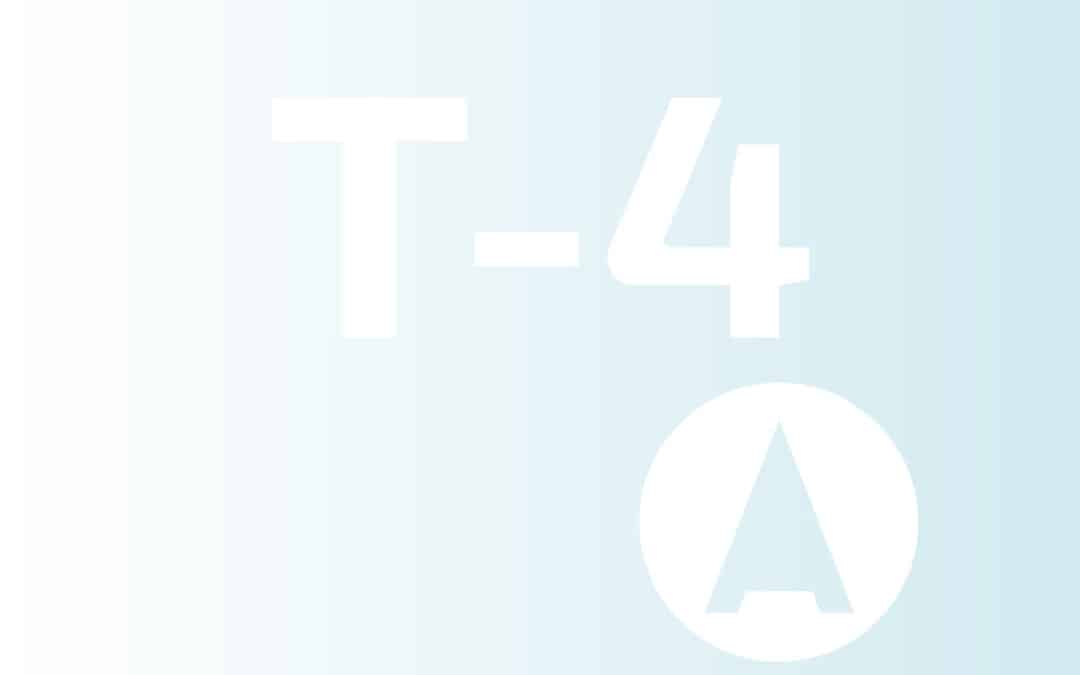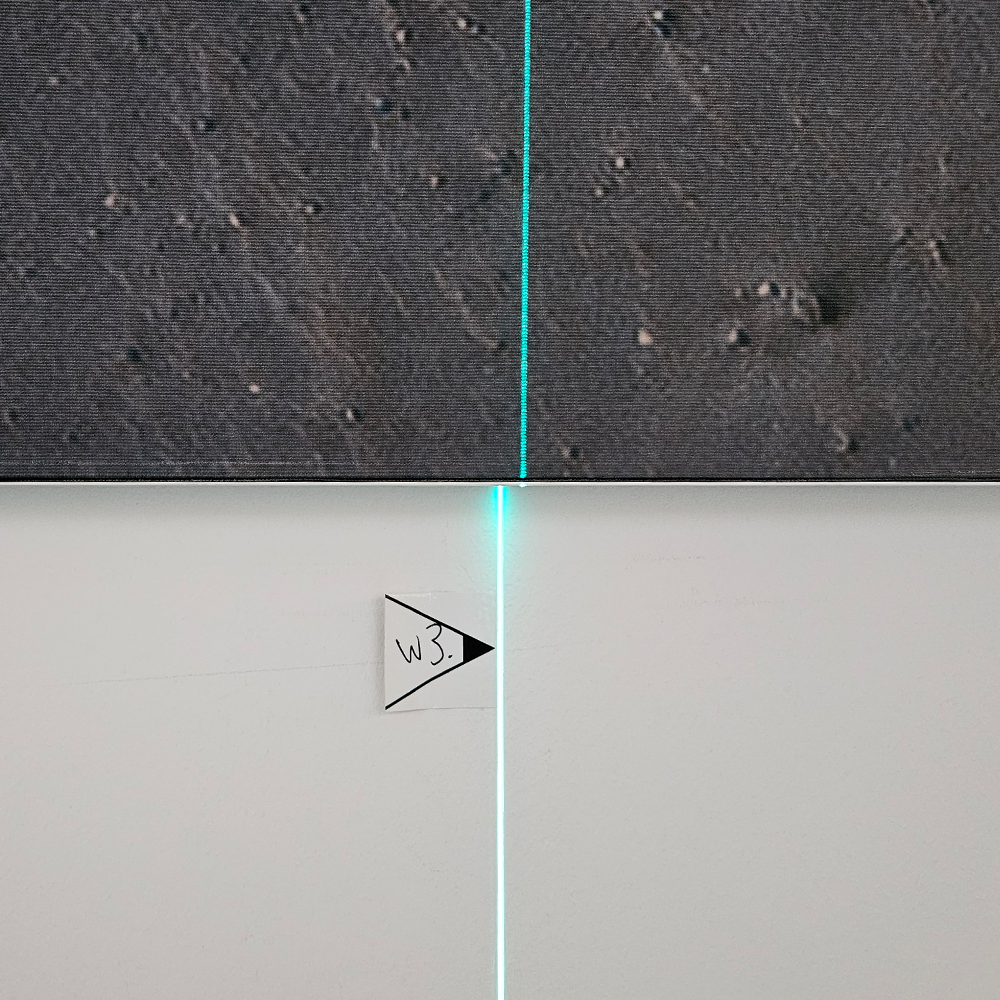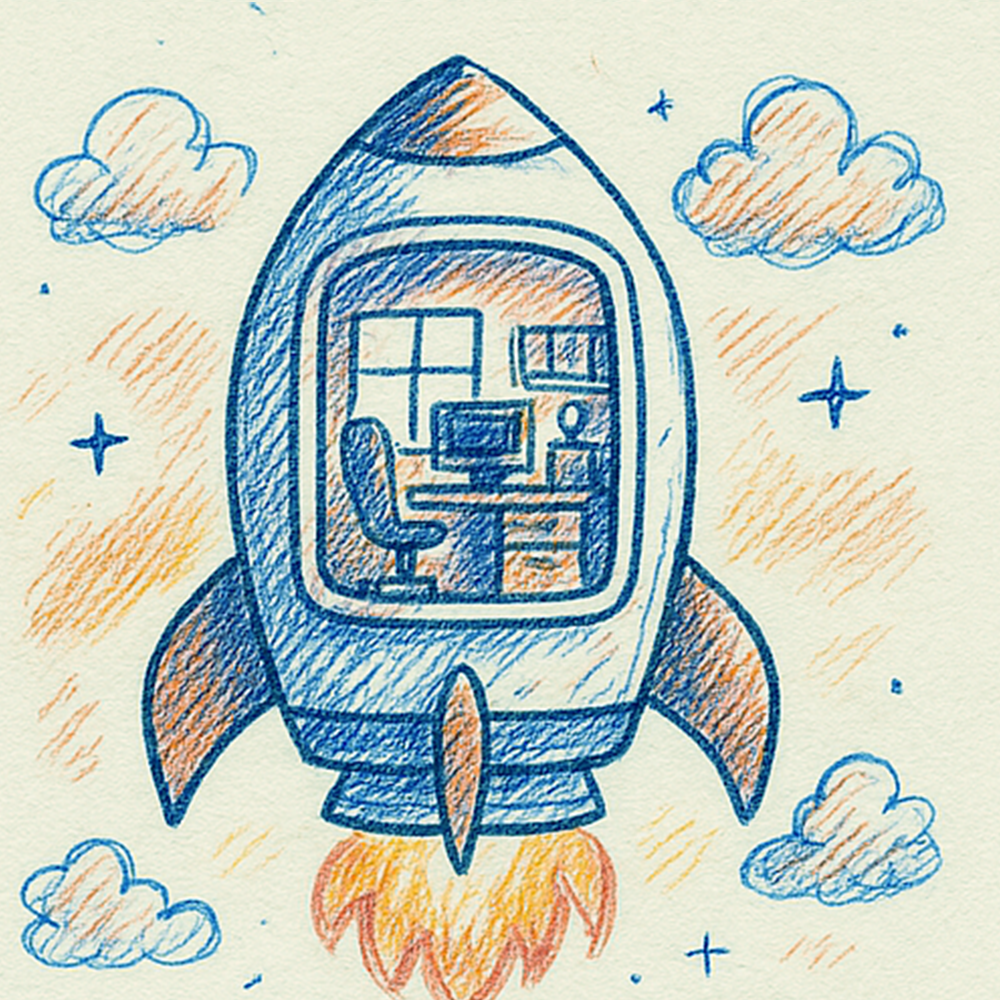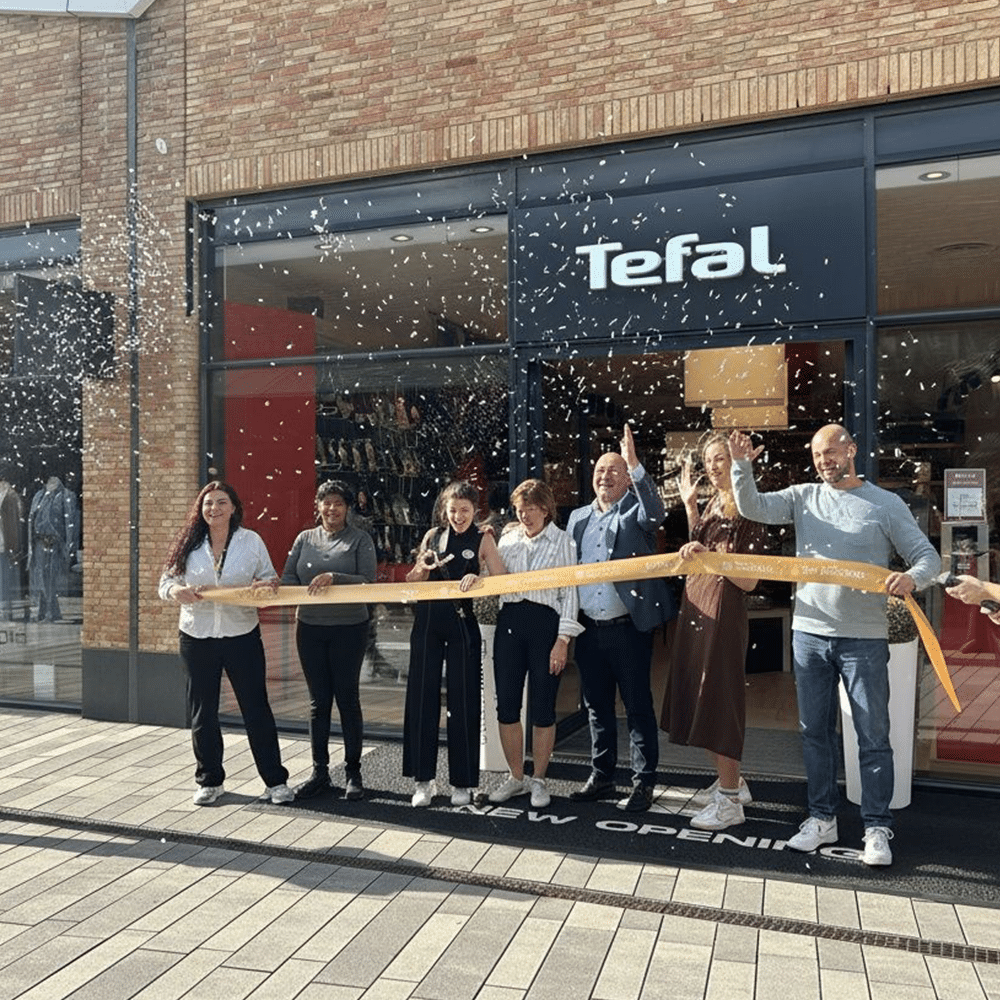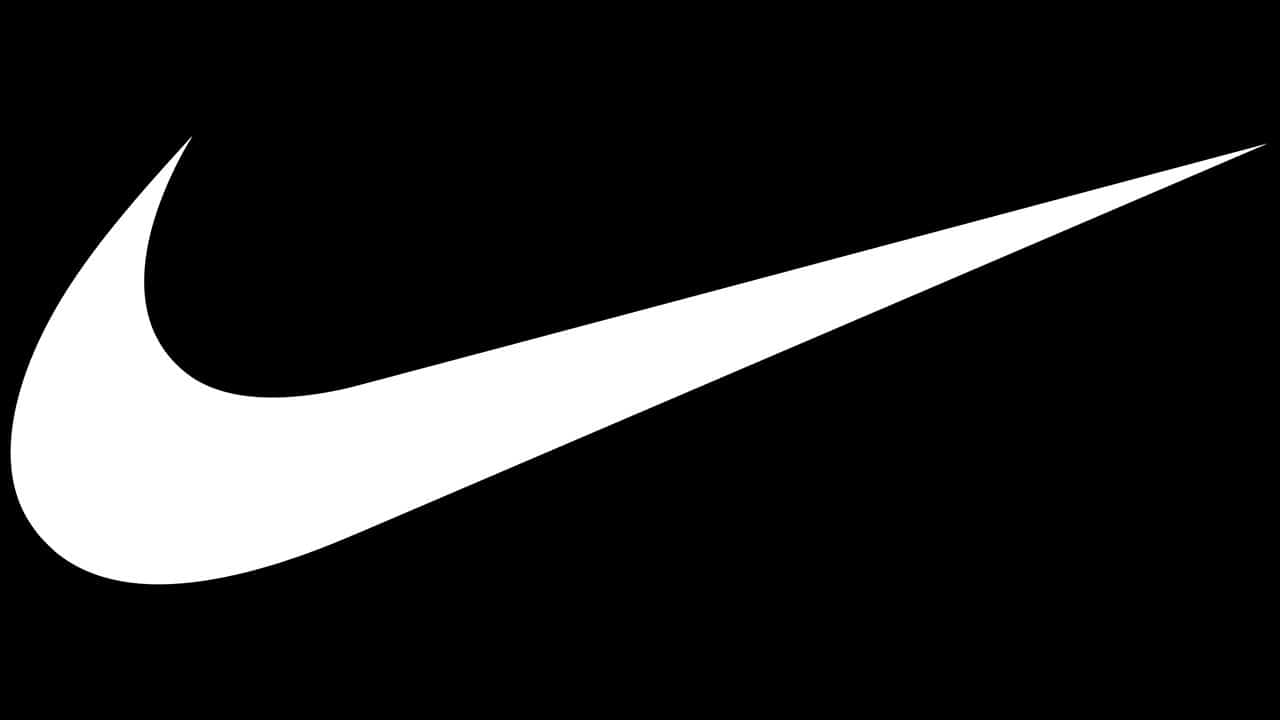What is retail design?
What is Retail Design?
Retail design is a field that focuses on the design and layout of stores and other commercial spaces. The goal is to create an attractive and functional environment that attracts customers and enhances their shopping experience. This includes everything from space layout and choice of materials to lighting and product presentation. The importance of look and feel The “look and feel” of a store plays a crucial role in how customers experience the store. A well-designed store interior can evoke a positive emotional response, which can lead to a longer length of stay and a higher likelihood of purchases. Elements such as color, lighting, and materials contribute to the overall atmosphere and can reinforce the store’s brand. For example, an upscale boutique will use high-quality materials and subtle lighting to create a sense of exclusivity, while a sporting goods store may use bright colors and dynamic displays to suggest energy and action. Color psychology also plays an important role in retail design. Warm colors such as red and orange can create a sense of urgency and encourage impulse buying, while cool colors such as blue and green have a calming effect and inspire confidence. Lighting is also crucial; strategically placed lighting can spotlight products and create an inviting atmosphere.
Routine shopping
Another important aspect of retail design is creating a logical and pleasant shopping route. This means that customers can easily navigate the store and find all the products they need. A well-designed shopping route can encourage impulse purchases by guiding customers past strategically placed displays. It is also important to avoid obstacles and provide enough space for customers to store comfortably, especially during busy periods.
The layout of the store should be intuitive, with clear signage and logical product placement. For example, everyday essentials can be placed at the beginning of the store, while seasonal or promotional items are presented at the end of aisles to entice customers to make additional purchases. Using different zones within the store can also help enhance the shopping experience, such as a relaxation area where customers can sit and rest for a while.
The relationship between design and turnover
There is a direct relationship between store design and sales. An attractive and well-organized store can not only attract more customers, but also increase average spending per customer. This is because a pleasant shopping experience encourages customers to stay longer and view more products. In addition, a smart layout and presentation of products can make customers more likely to make impulse purchases. For example, placing popular or seasonal products at eye level or near the cash register can boost sales. In addition, integrating technology into retail design can increase sales. Digital displays, interactive kiosks and mobile payment options can modernize the shopping experience and make it more efficient. Not only does this improve customer satisfaction, but it can also lead to higher sales by allowing customers to make purchases more quickly and easily. So, the question “what is retail design?” is always about design and sales.
Examples of successful retail design
There are numerous examples of successful retail design that have contributed to the growth of businesses. Burberry, as below, features sleek design with natural materials to endorse the tradiotonal and luxurious nature of their products.
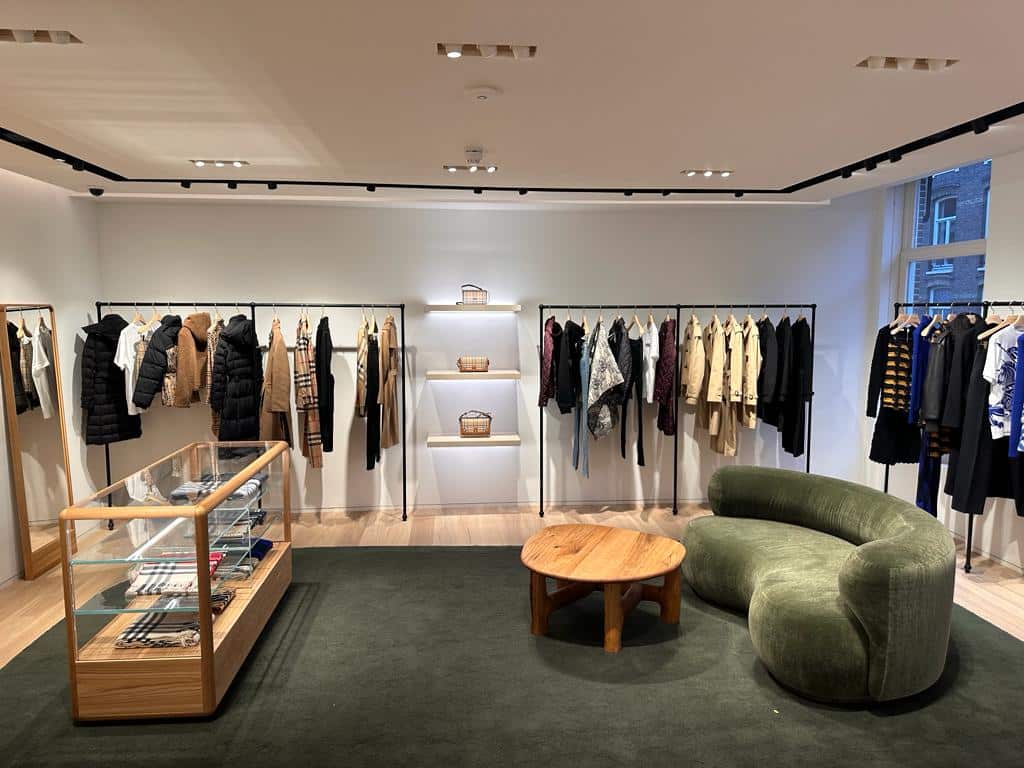
Burberry lounge and counter in natural materials
Sligro uses a thoughtful shopping itinerary that leads customers through different segments and product categories, inspiring them to discover more products.

Sligro vegetable department with inspiration tables
Another example is supermarket chain Albert Heijn, which uses natural materials and warm lighting to create an inviting and eco-friendly atmosphere. This aligns with their brand identity and attracts customers who value sustainability and quality.

The Allerhande Kitchen in the Albert Heijn XL with the pizza stone oven and the fresh Humus bar.
Conclusion
What is retail design? Retail design is an essential part of retailing that goes beyond aesthetics. It combines elements of psychology, marketing and interior design to create an environment that is not only attractive, but also functional and profitable. By paying attention to the look and feel, the shopping itinerary and the relationship between design and sales, retailers can provide a shopping experience that attracts and retains customers, ultimately leading to higher sales. Retail design, then, is not just about creating beautiful stores, but about thinking strategically about how the retail environment can contribute to the success of the business. With the right approach, retailers can build a strong brand identity, increase customer loyalty and significantly increase sales.
Do you also want that right approach to build your success? Contact us via the contact page or our phone number.






